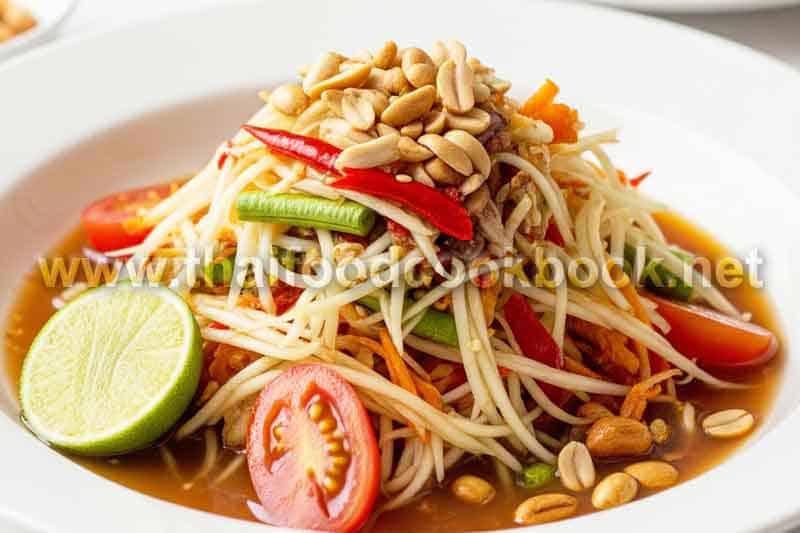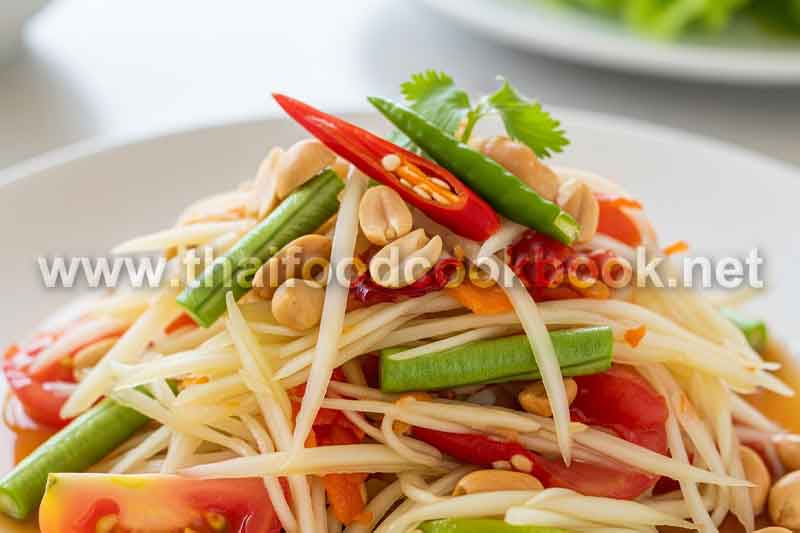Why Thai curry separates (and how to fix it)
A smooth, glossy curry is the soul of Thai comfort food, yet many home cooks are puzzled when the sauce suddenly breaks into oily pools and grainy streaks. To understand Thai curry separates, you first have to understand the science of coconut milk — it’s an emulsion of water, natural sugars, and rich coconut fat that can split if heated incorrectly or stirred too vigorously. Separation is not always a sign of failure; in traditional Thai kitchens, chefs intentionally “crack” the cream layer at the beginning to release coconut oil for frying herbs and curry pastes. Problems begin when it separates again later in the cooking stage because of overheating, adding watery stock too soon, or choosing low-fat, highly processed canned products. This is also why longtail issues like “why Thai curry splits when simmering for too long” or “how to fix Thai curry separation when reheating” are so common among home cooks. Most people assume stirring harder will re-bind the sauce, but what actually matters is stabilizing the emulsion and controlling fat-to-water ratios. By learning how different ingredients behave—fat, spice paste, fish sauce, palm sugar, and aromatics—you gain control over flavor and texture instead of relying on luck or guesswork. A home cook who understands curdling can cook with confidence, adapt any recipe, and troubleshoot like a Thai street vendor working behind a hot wok station every night.
Common Reasons Thai Curry Breaks During Cooking
A curry breaks when its emulsion collapses. This often happens in modern kitchens because ingredients are not handled in the same sequence as traditional Thai cooking. When people sauté vegetables in oil first, then pour coconut milk directly into high heat, the milk “shocks” and ruptures the emulsion. Another frequent cause is using canned milk with stabilizers that behave differently than traditional hand-pressed coconut cream—when simmered too long, these additives destabilize. Below are the most common culprits:
- Boiling instead of simmering — vigorous heat causes proteins to tighten and push out fat.
- Adding cold broth or watery ingredients too early — dilution destabilizes the milk before the paste sets.
- Skipping the step of reducing thick coconut cream first — this creates a weak emulsion from the start.
- Using low-fat coconut milk — less fat means less binding stability.
- Stirring constantly — friction breaks emulsified droplets instead of letting them blend slowly.
- Reheating at high flame — heat shock is the #1 reason for late-stage splitting.
When cooks ask “why does my curry turn grainy after adding vegetables?” the answer usually points to temperature swings. When vegetables contain high moisture—such as eggplant, bell peppers, or bamboo shoots—they release water back into the pan, diluting the cream just when it should be gently tightening. Another overlooked factor is seasoning order: fish sauce added too early raises salinity inside the fat network, pushing water away from fat and causing a broken surface. Simply adding fish sauce later—after the curry stabilizes—prevents separation and keeps the sauce rich and glossy.
How to Fix Thai Curry After It Has Already Separated
Even if a curry has visibly broken, it can often be repaired using gentle re-emulsification. Professional Thai cooks follow a process that respects how coconut fat behaves under heat. Instead of stirring harder, the goal is to give the fat a “bridge” for rebinding. Try the following:
- Lower the heat immediately — stop the rupture from worsening.
- Add a spoonful of thick coconut cream and gently swirl, not stir.
- Incorporate palm sugar or a tiny extra spoon of curry paste to thicken fat bonds.
- Simmer slowly until the cream regains a velvety coat.
If the curry split because of low-fat milk, adding a small splash of full-fat coconut cream can restore body. If the sauce thinned from vegetables, reduce it uncovered so moisture evaporates naturally. When the split comes from reheating leftovers, temper the curry first—warm a small portion gently, then blend it back into the main pot. Some cooks even strain separated curry and reheat the thickened layer slowly before combining it again. None of these solutions rely on thickeners or shortcuts: they simply recreate the stable fat network that existed earlier. Once you understand what went wrong, the repair becomes second nature. The same longtail confidence that prevents separation will also guide you when adjusting seasoning, texture, and fragrance like a trained Thai street cook.
Final Summary and Proven Tips to Keep Your Curry Velvety
Preventing broken sauce is easier than fixing it afterward: start by cracking the thick cream on medium heat, cook the paste until fragrant, then build liquid volume gradually. Thin milk, watery vegetables, or rushed seasoning are the most common destabilizers. Use gentle heat, add fish sauce late, and treat coconut cream like a living emulsion that needs balance, not force. If you want to go deeper into ingredient science, including traditional extraction methods and how natural emulsifiers protect coconut milk during simmering, expert culinary references show that successful curry is less about strict recipes and more about timing and fat control. Once these fundamentals become habit, your curry will finish glossy, aromatic, and perfectly bound every time—just like a Thai grandmother cooks it.

